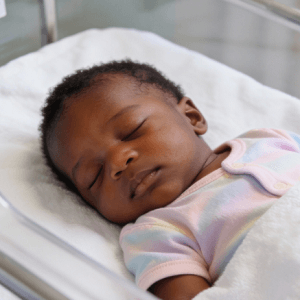A recent study by the National Center for Health Statistics (NCHS) has unveiled significant disparities in anemia rates across different racial and income groups in the United States. The data, collected from August 2021 to August 2023, shows that 9% of Americans aged 2 years or older suffer from anemia, with women bearing a disproportionate burden of the condition.
The study reveals a striking gender gap, with 13% of females affected by anemia compared to only 6% of males. This disparity is particularly pronounced during women’s reproductive years, from adolescence through midlife. The findings underscore the challenges faced by the United States in meeting global health targets, as the country has fallen short of the World Health Assembly’s goal to halve anemia prevalence in women of reproductive age by 2025.
Racial disparities in anemia rates are equally concerning. Asian, Black, and Hispanic populations show higher prevalence compared to their White counterparts. Black individuals are the most affected, with 22% experiencing anemia. The situation is even more dire for Black women, with nearly one-third suffering from the condition.
Income levels also play a significant role in anemia prevalence. The study found that individuals in the lowest income bracket have more than double the anemia rates of those in the highest income group, at 14% and 6% respectively. This stark contrast highlights the intersection of economic factors and health outcomes.
These findings emphasize the urgent need for targeted interventions and policies to address the root causes of health disparities in the United States. By focusing on vulnerable populations, healthcare providers and policymakers can work towards reducing the burden of anemia and improving overall health equity across the nation.
See: “Anemia Affects 13% of US Women, With Stark Racial and Income Disparities” (January 3, 2025)



